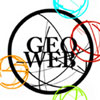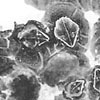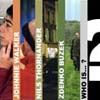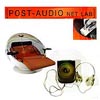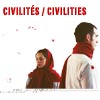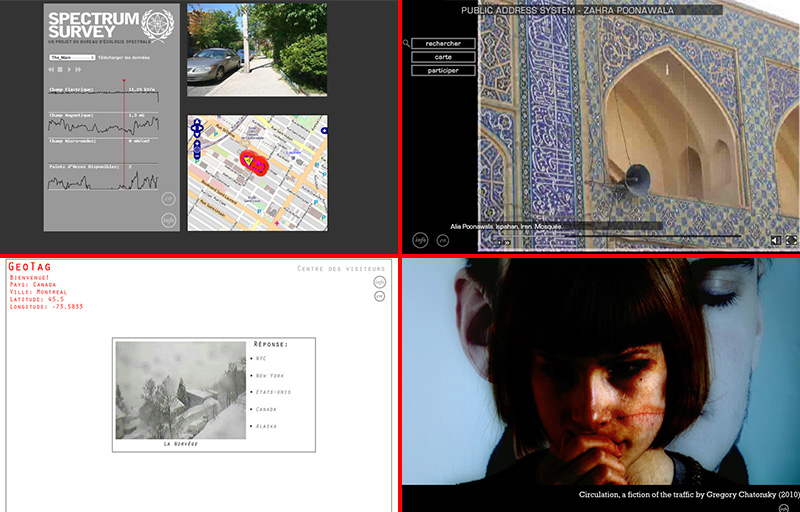
La popularité d’outils de cartographie et de visualisation terrestre se fait grandement sentir dans l’expérience du web. L’emploi de systèmes de géolocalisation se généralise et infiltre l’univers numérique. À l’aide de ces technologies, des artistes explorent la volonté de « situer ». Les œuvres qui en résultent questionnent cette nouvelle conscience géographique issue des pratiques en réseau.
Réunis par la commissaire Sylvie Parent, les artistes Matthew Biederman (Montréal), Grégory Chatonsky (Montréal), Zahra Poonawala (Strasbourg, France) et Cheryl Sourkes (Toronto) ont bénéficié, en 2009-2010 de résidences et de soutien à la production de l’Agence TOPO pour la réalisation de leurs projets. Avec Spectrum Survey, Biederman prend la mesure des ondes électromagnétiques qui nous entourent. Dans Circulation, Chatonsky fait du trafic urbain le moteur d’un dialogue entre un homme et une femme. Poonawala nous fait découvrir le monde par la voix des haut-parleurs, dans Public Address System, et Sourkes propose GeoTag, une version web du jeu Géographie.
Lire l’essai de Sylvie Parent – Géoweb : création de nouvelles géographies – qui élabore sur le thème et décrit les quatre projets sélectionnés.
Production : Agence TOPO, 2010
Directeur de projet : Michel Lefebvre
Réalisateurs multimédia : Vincent Archambault,Guy Asselin
Stagiaires multimédia : Keshia Nau-Dominique, Alex St-Gelais
